The Huawei Mate 10 Pro is an outstanding smartphone for photography enthusiasts. Featuring a dual-camera setup developed in cooperation with Leica, which combines a 12Mp RGB with a 20Mp monochrome sensor, it achieves an overall DxOMark Mobile score of 97 points. This ranks the Mate 10 Pro as the currently second-best device we have tested, just a single point behind the Google Pixel 2.
Key camera specifications:
- Dual-cam with 12Mp RGB and 20Mp monochrome sensors
- Dual f/1.6 lenses with Leica optics
- 2x lossless zoom
- Phase detection and laser autofocus
- Dual-tone LED flash
- 2160@30fps (4k) / 1080p@30/60fps video
About DxOMark Mobile tests: For scoring and analysis in our smartphone camera reviews, DxOMark engineers capture and evaluate over 1500 test images and more than 2 hours of video in both controlled lab environments and in natural indoor and outdoor scenes. This article is designed to highlight the most important results of the testing. For more information about the DxOMark Mobile test protocol, click here.
Test summary
The Huawei Mate 10 Pro excels for still photography, where it achieves a phenomenal Photo sub-score of 100 points, matching the currently highest Photo sub-score of the Samsung Galaxy Note 8. Its key strengths are good exposures, particularly in indoor conditions; a very good wide aperture mode, which produces a mild, but attractive bokeh effect with few artifacts; and outstanding autofocus performance. The Huawei Mate 10 Pro is a very capable performer in video mode, too, achieving a video sub-score of 91 points. Video autofocus is fast and accurate, with good tracking capabilities and generally low levels of noise.
Bright light
Shooting outdoors, or in bright light conditions, the Huawei Mate 10 Pro generally delivers good target exposure, even in tricky high-contrast scenes, where both shadow and highlight detail are well-preserved. Occasional exposure instabilities are sometimes noticeable, however, especially on consecutive pictures in challenging light, with some underexposure evident.

The Mate 10 Pro delivers generally excellent exposures in bright light, with a warm but pleasant white balance.
White balance is generally accurate and very consistent across multiple frames. A slight warm color cast is visible in outdoor pictures, but remains pleasant, and some photographers will appreciate the warmer tones. Occasional failures in color rendering can result in over-saturation for specific colors, however — particularly reds, which display a slight tint bias turning them a little pink in some outdoor shots. Texture and detail are excellent on static scenes in bright light, and although lower levels of detail are recorded in scenes that include subject motion, they remain very acceptable.
Low light and Flash
Exposures in both indoor and very low-light conditions are excellent, with very usable exposures at 20, 10, 5 and 1 Lux. The Huawei Mate 10 Pro also displays a wide dynamic range in indoor pictures, with our backlit window portrait displaying nice detail for both the darker portrait subject and in the brighter areas in the background.
Texture remains very acceptable on static scenes shot under indoor lighting conditions, and it’s only in very low-light conditions where the loss of fine detail becomes more significant. Scenes with motion are a little more challenging for the Mate 10 Pro, so if you’re after super-sharp shots that include movement, try to shoot in good light. White balance is again accurate and repeatable in low light, with that slightly warm but pleasant color cast evident. Color rendering, particularly in indoor lighting conditions, is very strong, and although a little less saturated in extreme low light, it remains very acceptable.
Overall flash results on the Mate 10 pro are excellent, producing nice exposures with accurate white balance and color rendering, as well as good detail preservation. The flash output is well-centered in the frame, with good frame coverage ensuring acceptable lighting in the corners. Using flash in very low-light conditions, some luminance noise is visible in the shadow regions, but overall white balance, color rendering, and detail preservation remain good.
Zoom and Bokeh
When zooming, the Huawei Mate 10 uses the high 20Mp resolution of its secondary monochrome sensor and computational imaging to capture a high-quality digital zoom image. With a 2x zoom factor, detail preservation is not quite as good as on devices using optical zoom, such as the Apple iPhone 8 Plus and the Samsung Galaxy Note 8, but it’s not far off and is noticeably better than the single-lens Google Pixel camera. Loss of detail becomes more evident when you push the zoom slider beyond the 2x setting, though. You’ll also find noisy edges and some ringing in zoom photos.
With its Wide Aperture mode enabled, the Huawei Mate 10 Pro is capable of creating a bokeh effect with accurate depth estimation and good subject isolation that is even a touch better than the iPhone 8 Plus’s Portrait mode. Wide Aperture also detects other objects in the focal plane in addition to the main subject, and delivers repeatable and stable results. There are some artifacts visible under closer inspection, though, and some images taken in bright light show a degree of underexposure.
Video
The Huawei Mate 10 Pro’s video footage shows good exposure, low levels of noise, pleasant colors, and accurate white balance in all light conditions. The autofocus works fast and accurately, with good tracking, and the video stabilization efficiently counters camera motion. On the downside, texture levels are quite low in all light conditions: under tungsten lighting, footage shows a noticeable orange cast, and there is some visible highlight clipping in high-contrast scenes. Some slight low-frequency residual motion is still visible despite the video stabilization.
Photo scores explained
The Huawei Mate 10 Pro achieves a total photo score of 100, which is calculated from its scores in tests that examine different aspects of its performance under different lighting conditions. In this section we’ll take a closer look at these image quality sub-scores.

Exposure and Contrast
Huawei Mate 10 Pro
88
An excellent overall exposure score of 88 is comprised of a low light score (83), indoor score (93) and outdoor score (89).
The device really excels in indoor lighting conditions, with excellent exposure on our tricky backlit portrait and good target exposures in low light conditions down to 5 lux. In extreme low light of just 1 Lux (effectively candlelight) exposures remain very good with useable results.
In outdoor conditions we had lots of success on high dynamic range scenes, with good detail preservation on the shadows and highlights in many shots. It’s not quite as effective as the Google Pixel or iPhone 8 for HDR exposures, but remains very capable in lots of situations. Points were lost for some exposure irregularities however, including some exposure inconsistency over consecutive frames, as well as some under-exposed shots, mainly occurring on backlit high contrast scenes, when shooting towards the light.

Color
Huawei Mate 10 Pro
86
Another very good overall score for color of 86, with excellent color rendering indoors (92)
outdoors (87), as well as very acceptable results in extreme low light (80). The Huawei Mate 10 Pro’s main strength for color are consistent and repeatable white balance in all conditions, as well as good color uniformity in both indoor and outdoor conditions.
Although white balance is consistent and repeatable, a slight warm color cast is evident on both indoor and outdoor pictures, but whether you consider this a benefit or drawback will depend on personal preference. Points were also lost for occasional color irregularities, which were particularly noticeable in the red hues, with a slight tint bias often rendering over-saturated reds that shifted towards pink.

Autofocus
Huawei Mate 10 Pro
96
An outstanding overall score for autofocus, which is fast and accurate in all lighting conditions. For both static scenes and scenes with subject movement, performance is phenomenal in both indoor and outdoor lighting conditions, achieving the top mark of 100 in these cases. In very low light, slightly lower scores of 99 for static scenes and 94 for scenes with movement were achieved, which are still amazing results for such conditions. The Huawei Mate 10 Pro’s autofocus also shoots with almost zero shutter lag, consistently recording in focus shots over 30 consecutive frames, defocusing between shots.

Texture
Huawei Mate 10 Pro
67
The Mate 10 Pro achieves a good, if not amazing, score for texture, with the best results on static scenes in both indoor and outdoor lighting conditions. In lower light conditions between 1 to 20 lux less fine detail is preserved on static scenes, but with acutance (sharpness) above 50% at 1 lux, rising to 80% at 20 lux, the device is capable of great fine detail preservation on static scenes. Evaluating scenes with subject movement, the greatest detail is preserved in very bright conditions outdoors. Results indoors remain very acceptable too, but expect a noticeable loss of detail in very low light images (below 20 lux) on scenes with subject movement.
On handheld images, using the DxOMark test chart in the lab, you can see that in very bright light (1000 lux), exceptional sharpness is achieved on static scenes and even in lower light conditions of 20 and 10 lux detail preservation remains very good.

Noise
Huawei Mate 10 Pro
71
A good score for noise with the best results achieved in bright light conditions. Luminance noise is very slightly visible in 100% crops in areas of uniform color such as the sky in outdoor conditions, but it’s only really visible at close inspection and doesn’t detract from the overall image. Under indoor lighting conditions, luminance noise is more visible but it’s reasonably well controlled under indoor lighting between 100 to 20 lux, with significant deterioration of image quality only becoming evident in extreme low light between 1 and 5 lux.

Artifacts
Huawei Mate 10 Pro
66
A fairly low, but acceptable score of 66 for artefacts. The most serious issue is the blocking effect, which is regularly visible in areas of uniform color, particularly the sky. Flare is also sometimes visible, but usually only when shooting directly into the light on tricky high contrast scenes. A cyan shift, close to over saturation, was also observed in many outdoor scenes affecting the blue color of the sky.

Flash
Huawei Mate 10 Pro
84
A very good score for flash, with consistently good results on both flash only and using flash in mixed lighting conditions. The main strengths of flash pictures are accurate exposures, accurate and repeatable white balance and well controlled artefacts, although a visible red eye effect is sometimes visible on flash only portraits. Some corner shading occurs, resulting in a build up of noise in the shadow areas, but it’s far from the worse we’ve seen and the flash is well-centred in the frame.

Zoom
Huawei Mate 10 Pro
40
Despite the absence of a second telephoto lens the Huawei Mate 10 Pro achieves a very respectable score for zoom. At 2x zoom the lossless zoom effect applied using the 20Mp monochrome sensor achieves results almost as good as devices featuring a second telephoto lens, such as the iPhone 8 Plus, in very bright light conditions, where good detail is maintained. It’s not quite as good at 2x in lower light conditions, with the loss of fine detail evident at 100 lux and a significant loss of detail in very low light of 20 lux and below.
In very bright conditions of 1000 lux, 4x zoom shots are just about acceptable, but in lower light or in any lighting conditions at 8x the loss of detail and visible luminance noise significantly impact image quality. You can see from the images below at 8x zoom the iPhone 8 Plus’s telephoto lens does a better job of maintaining fine detail on mid range zoom shots, with fewer artifacts such as ringing visible.

Bokeh
Huawei Mate 10 Pro
50
The Huawei Mate 10 Pro’s Wide Aperture mode does a very respectable job of blurring the background in both indoor and outdoor conditions. Its key strength is its shallow depth of field, which has an attractive blur. The blur is not as aggressive as we’ve seen on some other devices however, and the classic circular highlights that you’d expect to see with an optical bokeh effect are not rendered. The effect is very repeatable however, with consistent results achieved across consecutive frames, and very few artefacts are visible around the foreground subject, resulting in a pleasing final portrait.
Video scores explained
The Huawei Mate 10 Pro is a very capable device for video, although with a slightly lower video sub score of 81 overall, it’s not quite as strong here as it is with stills. Category scores for video include Exposure (81), Color (85), Autofcous (89), Texture (48), Noise (77), Artefacts (87)
Stabilization (86). Its stand out performance is for video is autofocus, where, like with stills, it is fast and accurate, with good tracking capabilities in all lighting conditions.
Color rendering is also very good, with pleasant colors and accurate white balance in all conditions. Although that slight warm color cast we saw with stills persists on video under tungsten lighting, it’s not unattractive, and a slight cyan shift is visible in skies shooting video outdoors. Target exposures are generally accurate, with the best exposures achieved in bright light conditions, although dynamic range is a little limited shooting high contrast scenes. In indoor conditions, video exposures remain good and fairly acceptable in extreme low light, if a little under exposed, but noise is well controlled on low light videos, which is a bonus. For stabilization, good motion reduction is applied on both indoor and outdoor videos, with a slight residual motion.
Conclusion: Dual-camera in a different (but excellent) way
With its RGB/monochrome dual-camera concept, Huawei is following a different concept than most other manufacturers, but the Mate 10 Pro’s class-leading still image results show that the Chinese manufacturer is on the right path, and that good zoom and bokeh results can be achieved without a longer focal length on the secondary camera. The Mate 10 Pro is no slouch in video mode, either. It’s not quite on the same outstanding level as for stills, but is nonetheless capable of delivering a very solid video performance all around.


Pros
- Good detail preservation, even in low light, and low levels of noise
- Good target exposure and wide dynamic range
- Very fast and repeatable autofocus
- Good detail preservation in 2x zoom shots
- Good bokeh simulation with nice subject isolation
Pros
- Fast and accurate autofocus with good tracking
- Good motion reduction in all lighting conditions
- Pleasant colors and accurate white balance in all lighting conditions
- Good exposure
- Generally low noise levels
Cons
- Occasional exposure instabilities in consecutive shots
- Blocking artifacts sometimes visible in the sky
- Occasional hue shift close to saturation
Cons
- Slightly low texture detail in all lighting conditions
- Slight lack of dynamic range in high-contrast scenes
- Visible orange color cast under tungsten light sources


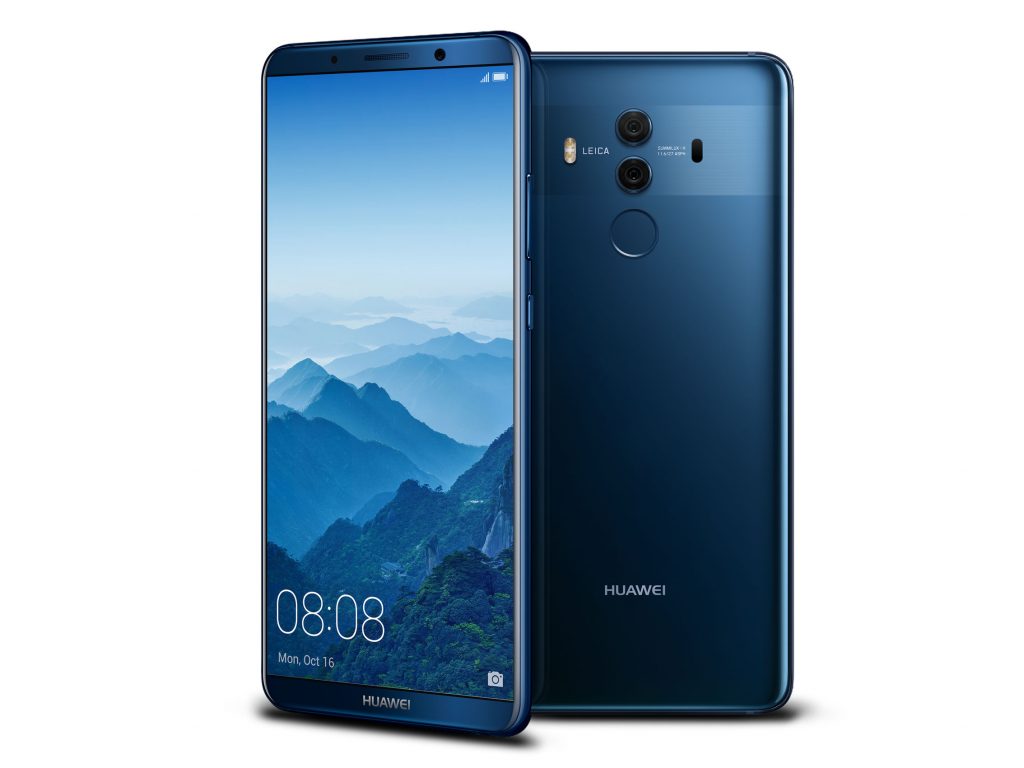
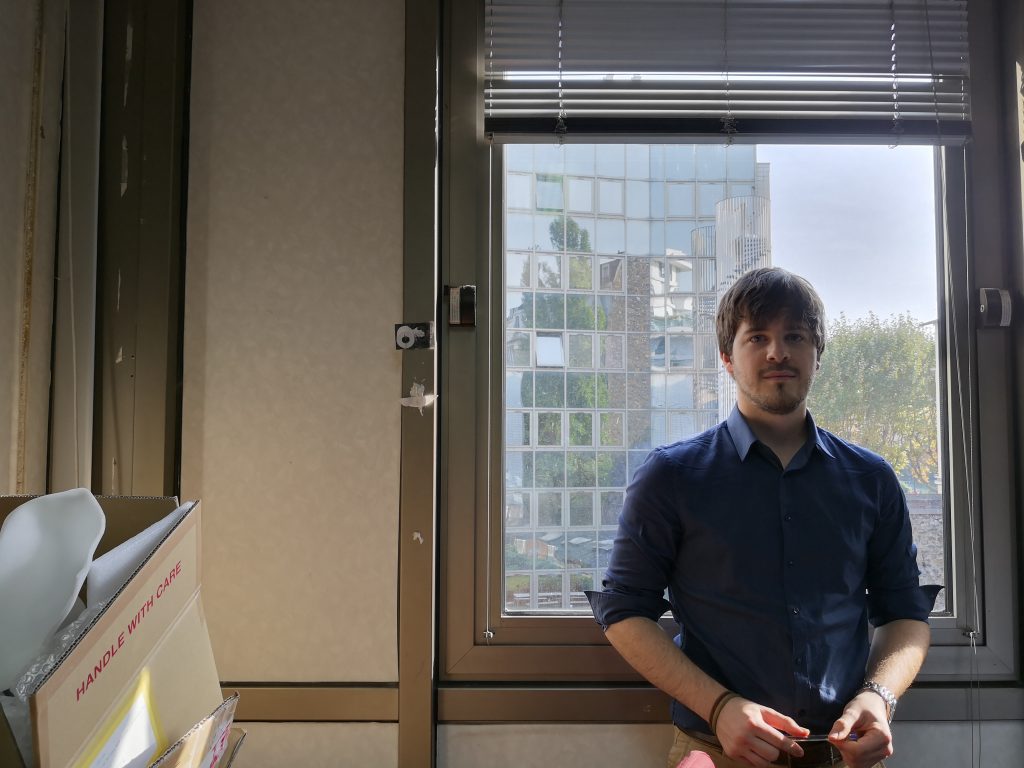
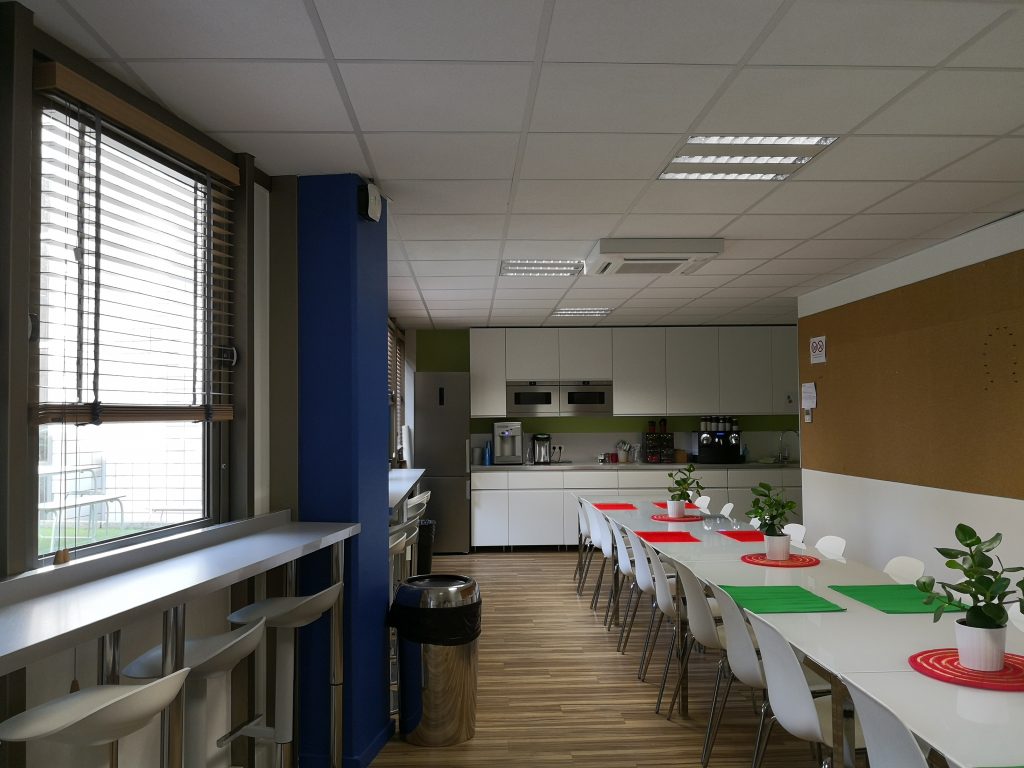
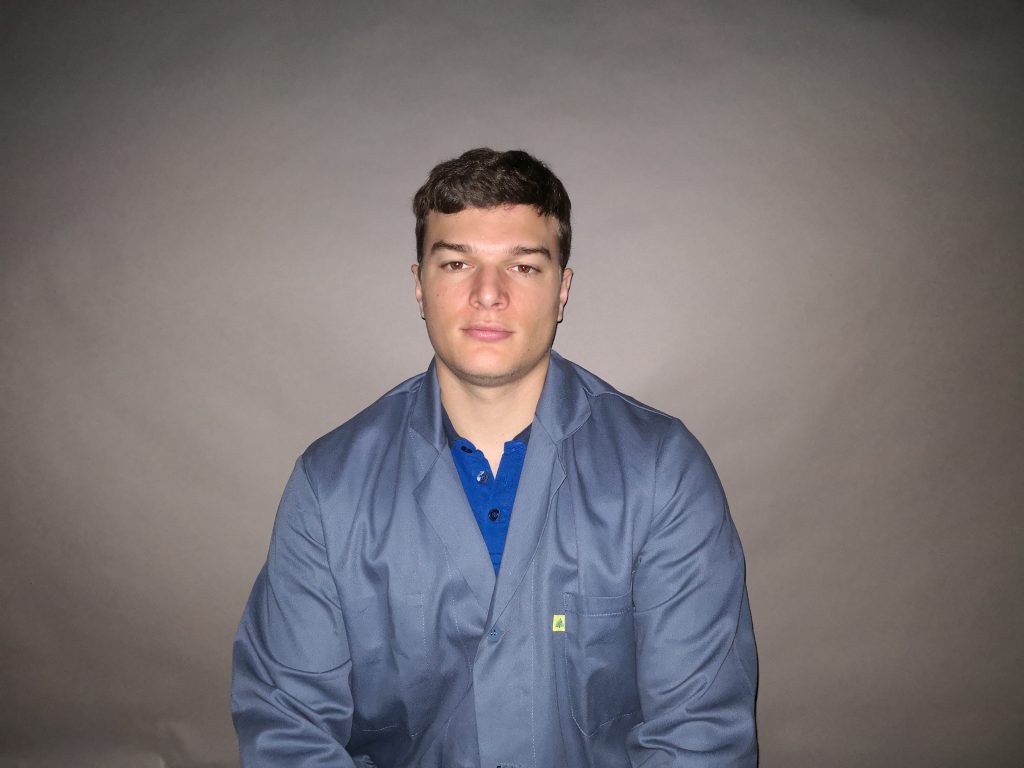
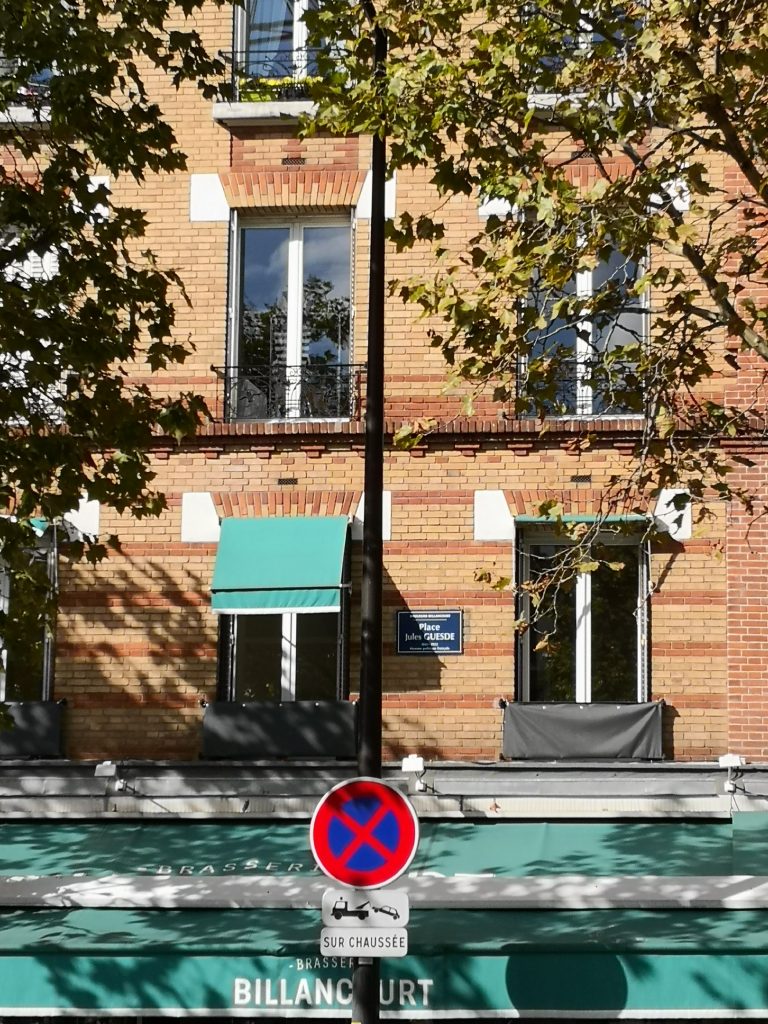
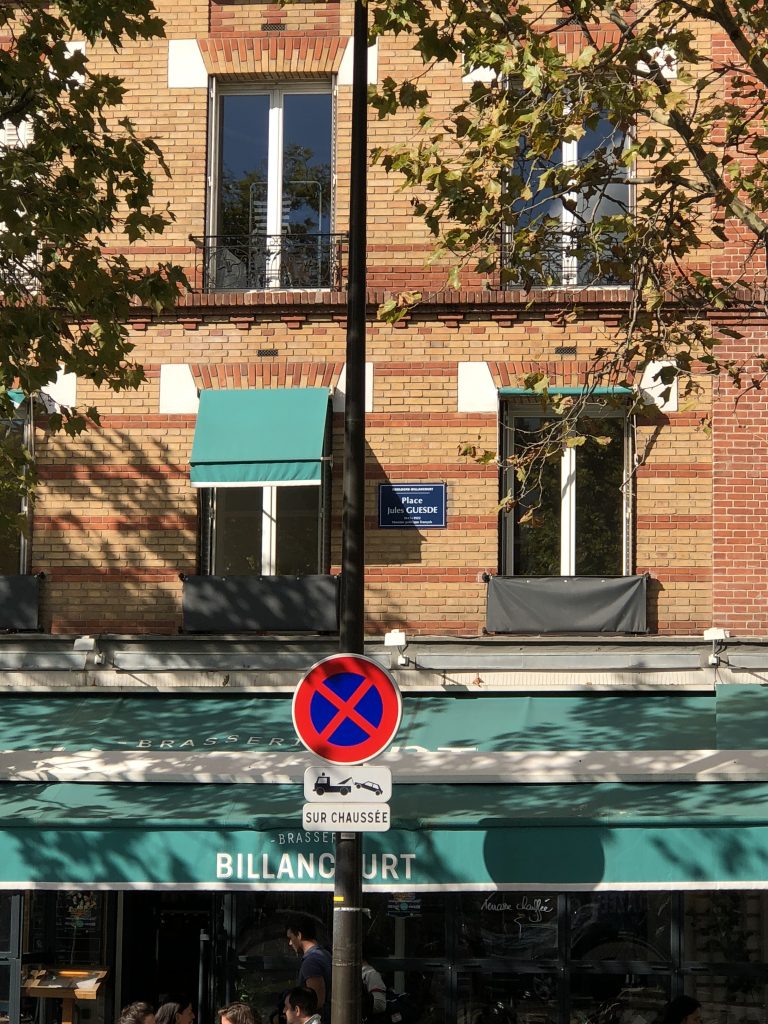


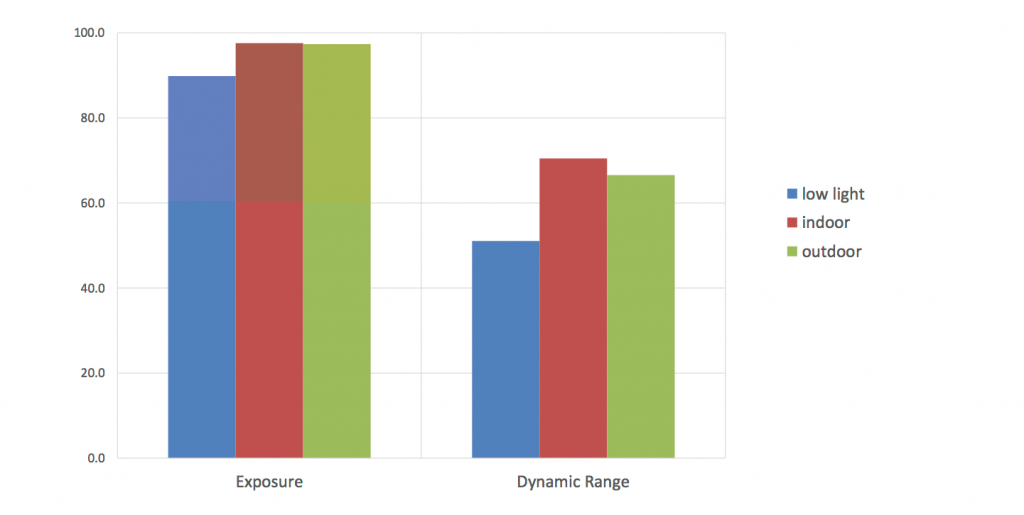

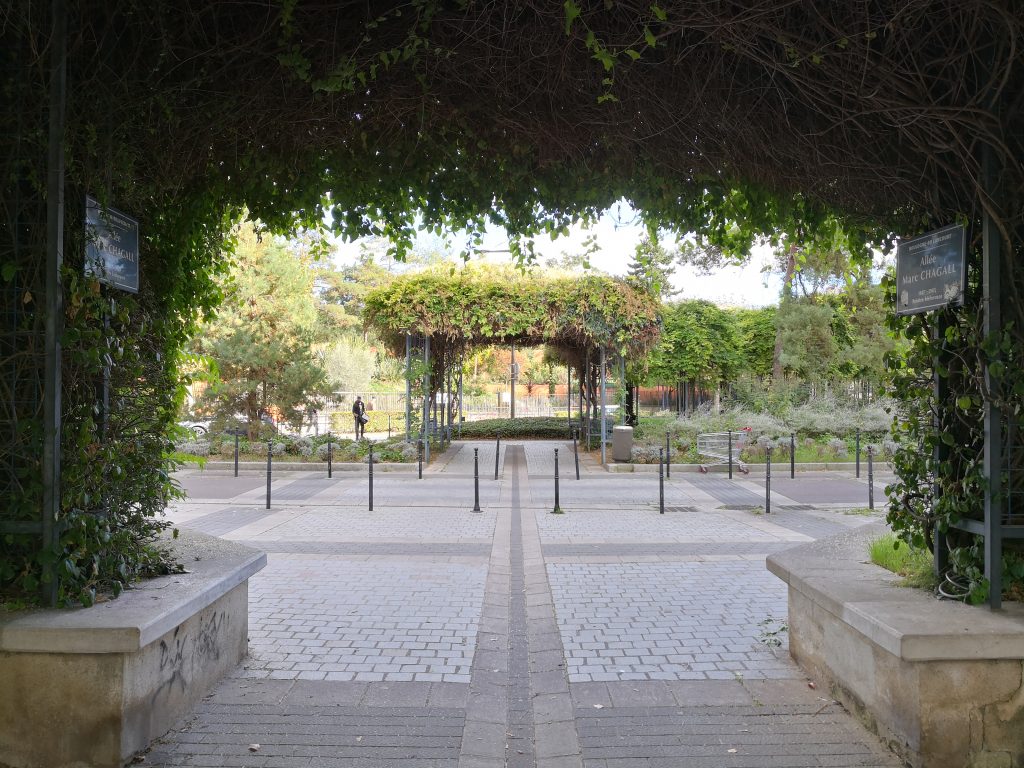
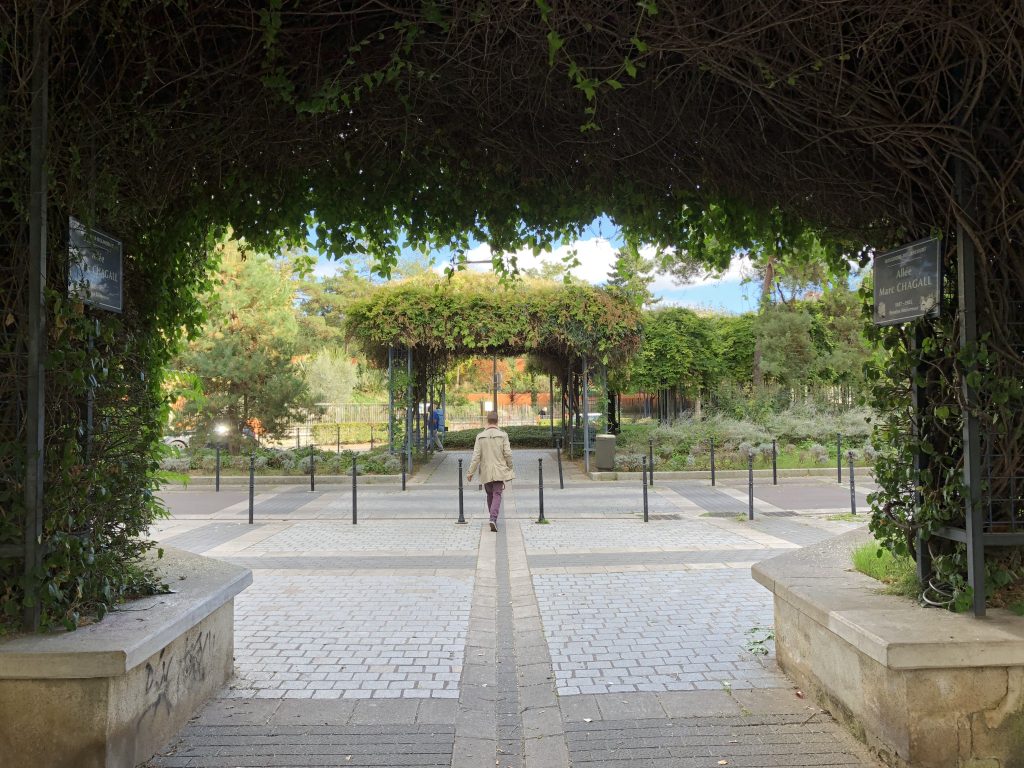
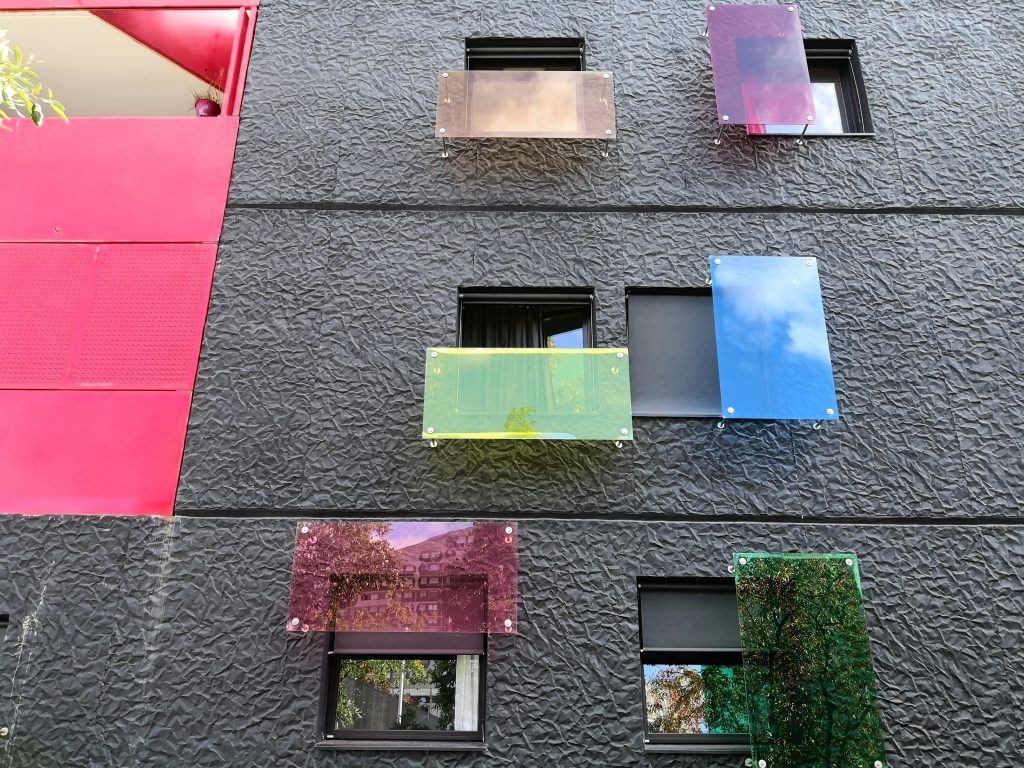
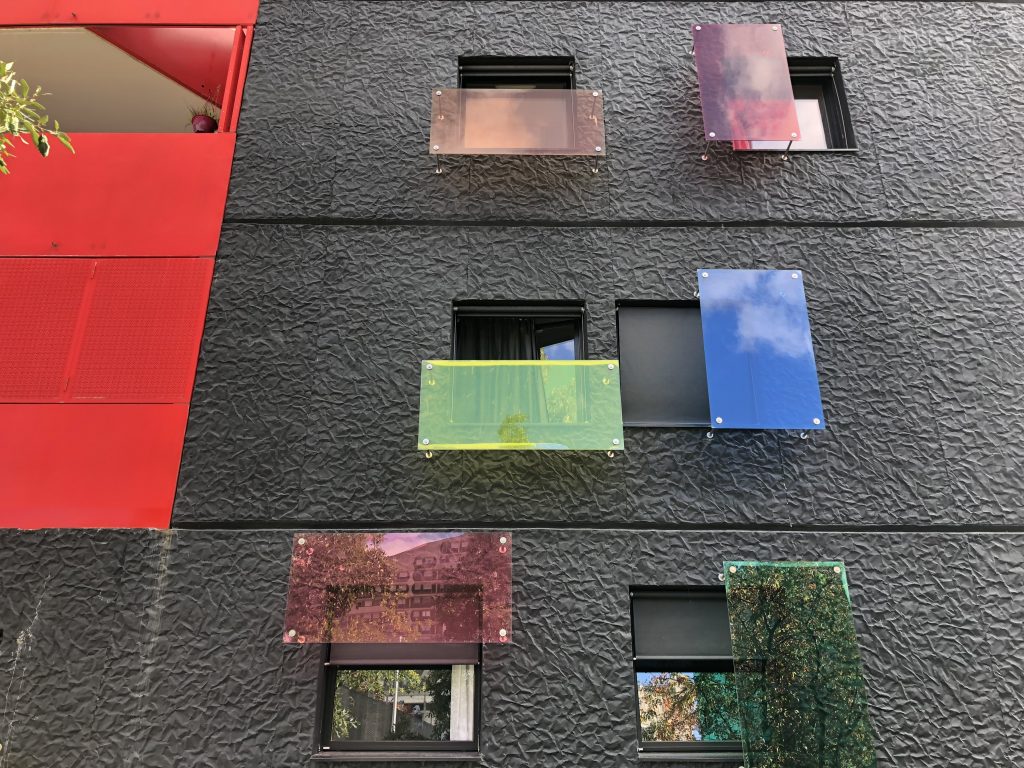
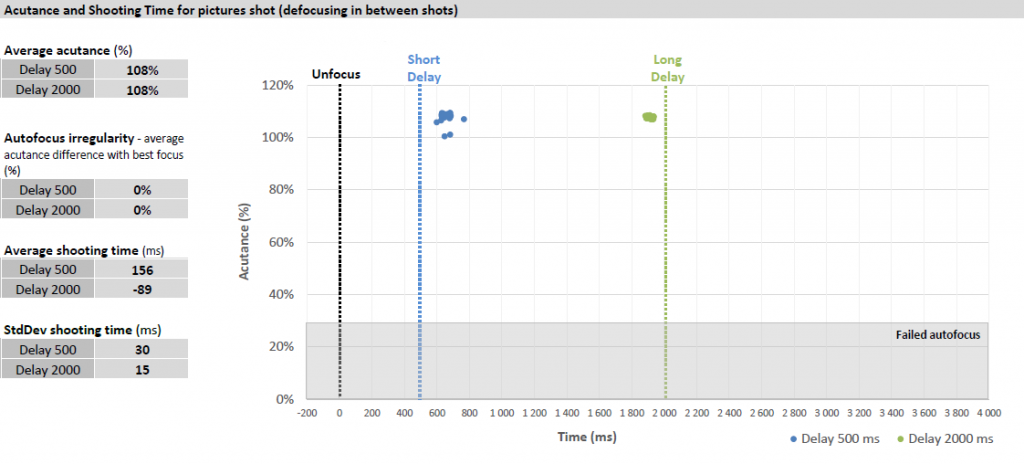
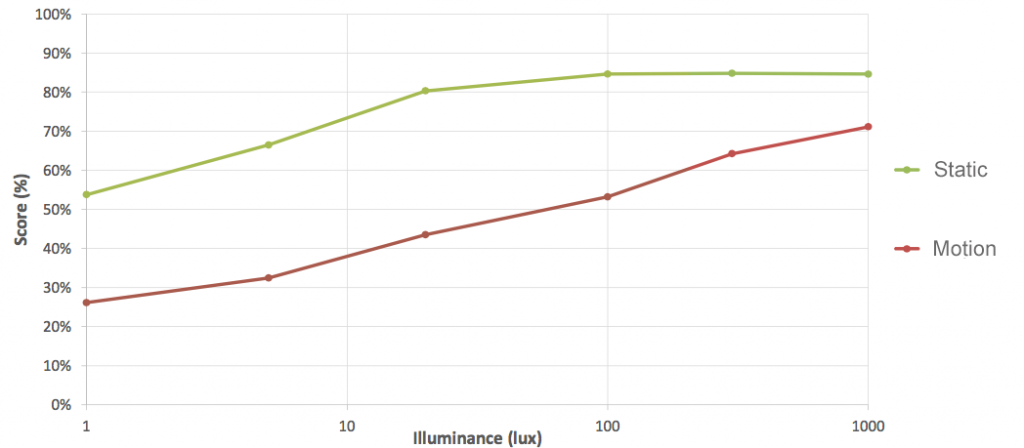
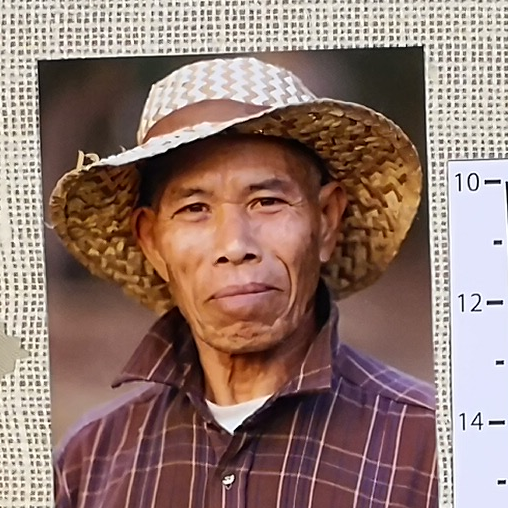


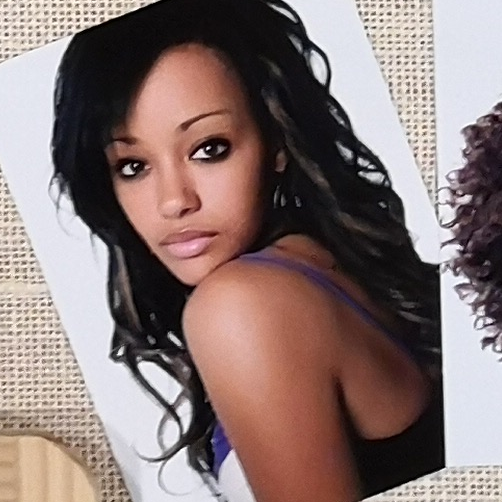
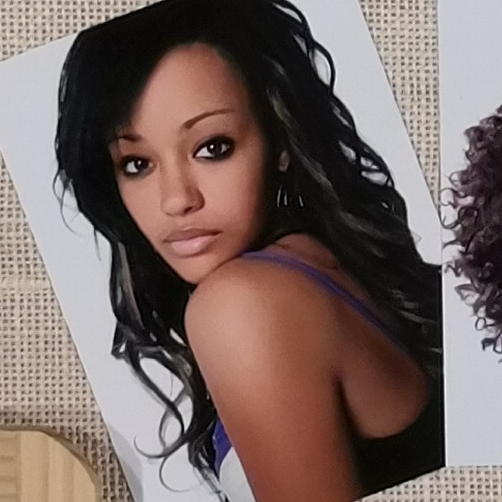
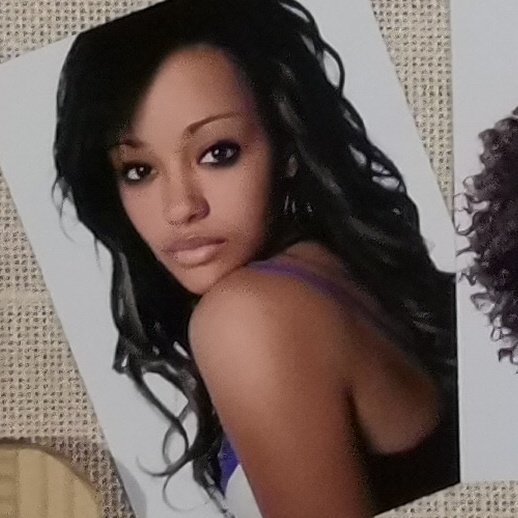
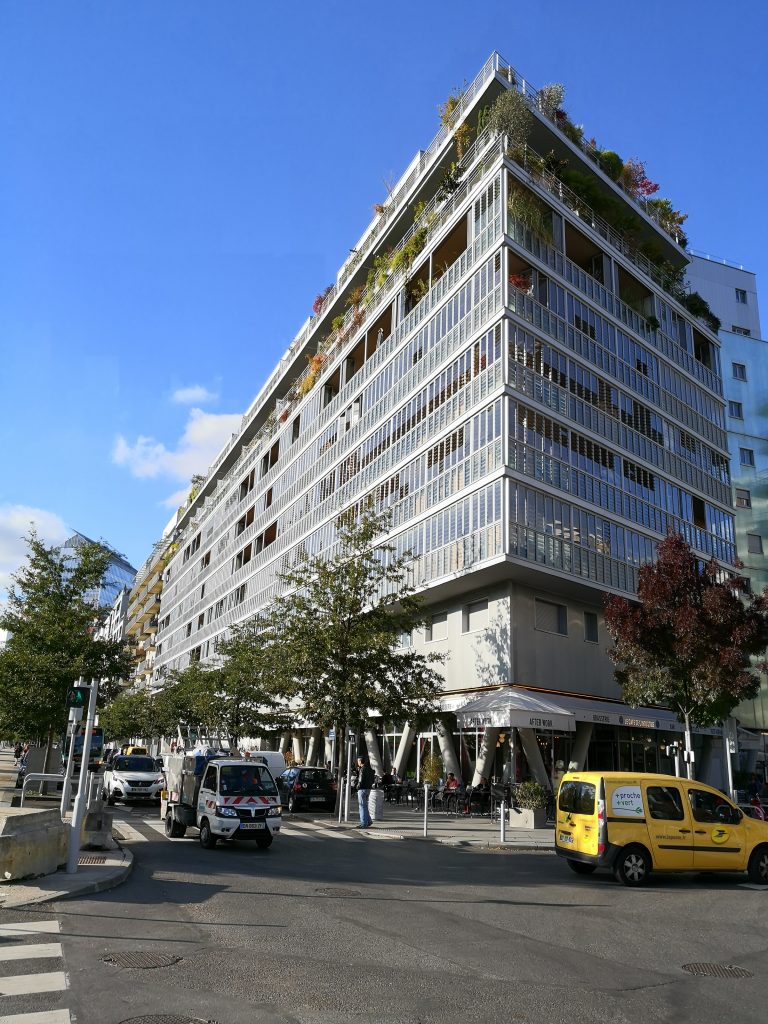
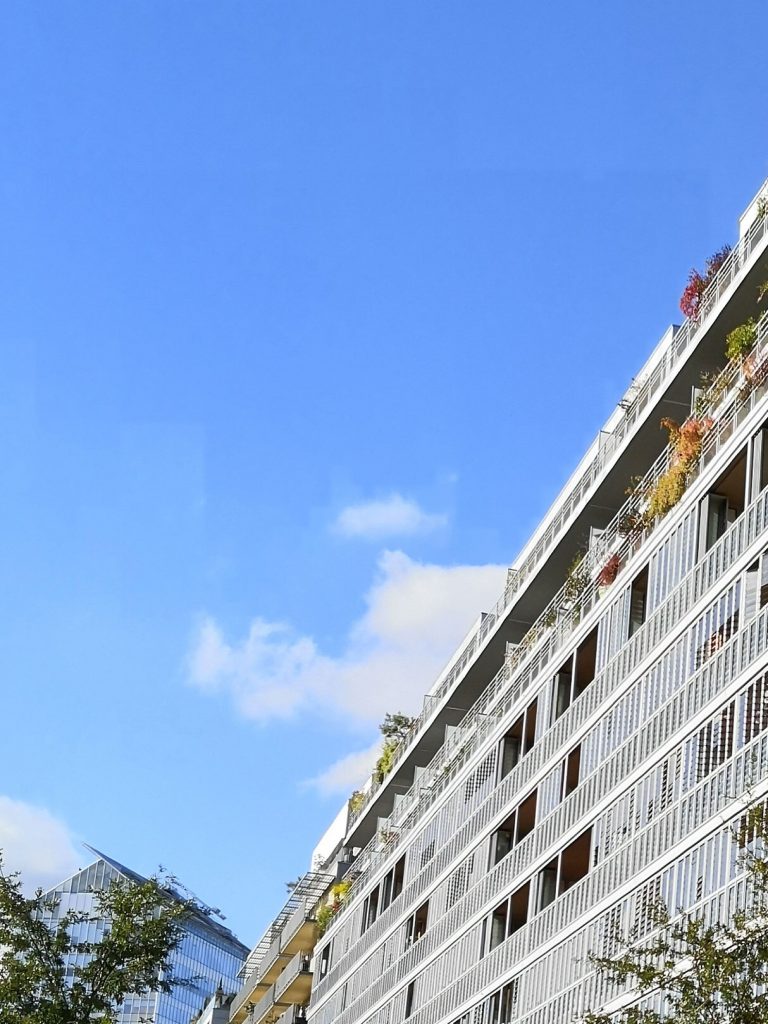



DXOMARK encourages its readers to share comments on the articles. To read or post comments, Disqus cookies are required. Change your Cookies Preferences and read more about our Comment Policy.